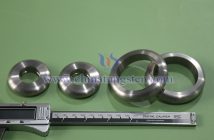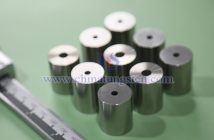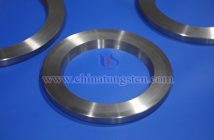Tungsten-nickel-iron alloy is a high-density alloy with tungsten as the base (typically 80%–98% tungsten content), incorporating nickel, iron, and other elements. It boasts a range of unique physical, chemical, and mechanical properties, finding wide use in aerospace, defense, medical devices, and industrial manufacturing.
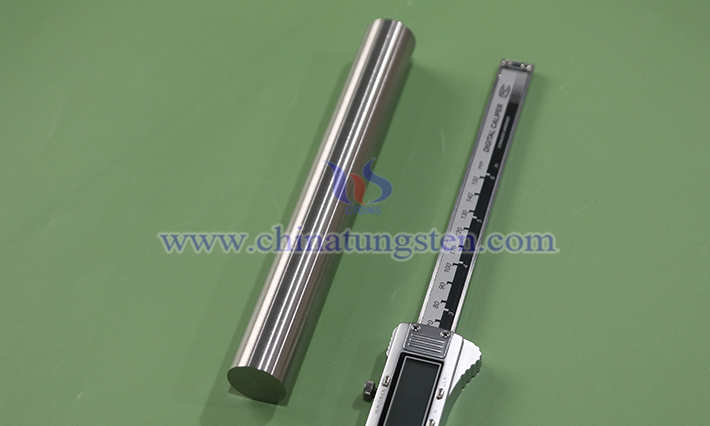
Image of CTIA GROUP LTD tungsten-nickel-iron alloy rod
The properties of tungsten-nickel-iron alloy can be customized by adjusting its composition and preparation process. Generally. The characteristics of tungsten-nickel-iron alloy include high density, high strength, high hardness, low thermal expansion, and corrosion resistance.
High Density: With a density of 17.0–18.5 g/cm3, derived from tungsten’s high atomic weight (183.84) and compact crystal structure, this alloy serves as an eco-friendly lead substitute in counterweight applications. It is widely used in aerospace inertial navigation systems, aircraft wing balance weights, and components like racing car or golf club center-of-gravity adjusters, meeting weight requirements while avoiding lead pollution.
High Strength: Offering a tensile strength of 700–1,000 MPa and retaining high strength at elevated temperatures, it surpasses most metal alloys. In military applications, it is used to manufacture armor-piercing projectile cores, leveraging its high density and strength for armor penetration.
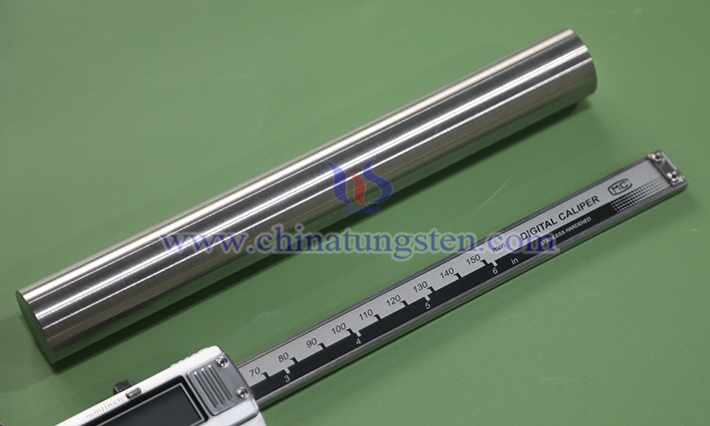
Image of CTIA GROUP LTD tungsten-nickel-iron alloy rod
Good Ductility: Unlike the brittleness of pure tungsten, the alloying of nickel and iron enhances plasticity, allowing it to be processed into sheets, rods, or complex components like missile tail fin weights through forging or rolling.
Strong Corrosion Resistance: At room temperature, it resists corrosion from water, steam, dilute acids (e.g., hydrochloric or sulfuric acid), and most organic solvents, outperforming iron-based alloys. For instance, it serves as a counterweight in underwater equipment in marine engineering, resisting seawater corrosion-induced performance degradation. However, its corrosion resistance decreases in strong oxidizing acids (e.g., nitric acid) or high-temperature molten salts.
High-Temperature Resistance: Tungsten’s high melting point imparts excellent thermal stability to the alloy. In mid-to-high-temperature environments, the tungsten framework prevents softening or loss of the binder phase, maintaining structural integrity. Its low thermal expansion coefficient ensures dimensional stability under temperature fluctuations, a critical advantage in precision instrument manufacturing to avoid accuracy deviations from thermal expansion or contraction.
Magnetic Properties: Due to its iron content, tungsten-nickel-iron alloy exhibits moderate magnetism, a benefit in applications like magnetically controlled valve weights, where it responds to external magnetic fields without additional magnetic components. However, in non-magnetic environments (e.g., precision electronics or MRI equipment), non-magnetic alternatives like tungsten-nickel-copper alloys are preferred.

